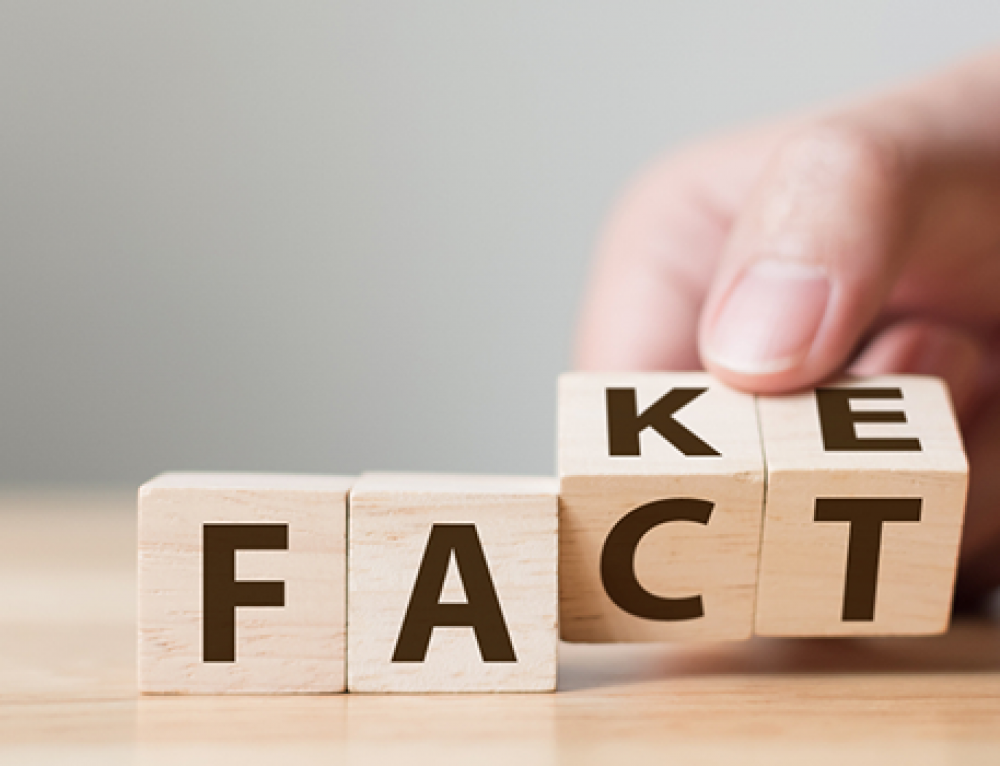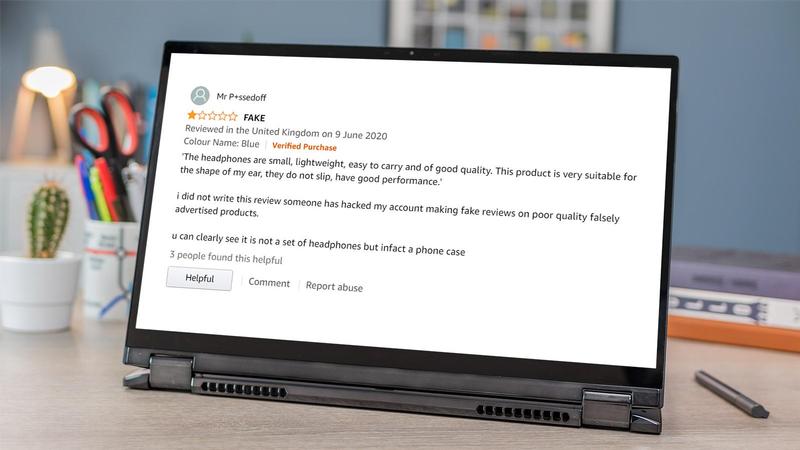
CNBC가 전한 소식이다.
아마존은 지난 16일(현지시간) 가짜 리뷰 확산을 막아줄 것을 소셜 미디어 회사에 호소하였다.
아마존은 지난 수요일 자사 블로그에서 가짜 제품을 사고 팔기 위해 외부 소셜 미디어 플랫폼에서 리뷰를 작성하는 행위가 늘어나고 있으며, 이로 인해 아마존 자체적으로 문제를 종식시키는 것이 더 어려워졌다고 말했다.
아마존의 블로그 게시물에는 “일부 사람들은 리뷰 작성 서비스 업체를 고용하여 SNS에 리뷰를 작성하는 활동을 진행한다”고 밝혔다. 또한 아마존은 “소셜 미디어 회사가 자체 플랫폼에서 가짜 리뷰 활동을 진행하는 계정에 대한 제재가 매우 늦다고 비판하면서도 개선되고는 있다”고 말했다.
아마존은 지난해 1분기에 300개가 넘는 가짜 리뷰 작성 그룹들을 소셜미디어 기업에 신고했으며, 이러한 그룹이 폐쇄되는 데 평균 45일이 걸렸다고 전했다. 그러나 올 해 같은 기간 동안 아마존은 1,000개 이상의 가짜 리뷰 작성 그룹을 소셜 미디어 기업에 신고했으며, 그룹을 제거하는 데 평균 5일이 걸렸다고 말했다.
아마존은 소셜 미디어 회사가 이러한 문제에 이전보다 빠르게 대응하고 있다는 점에 감사하지만, 소셜미디어 회사는 문제가 보고되기 전에 가짜 리뷰를 자체적으로 식별하고 사전 예방적 통제를 하는 것에 더욱 투자해야 한다고 말했다.
이에 대해서 아마존이 특정 소셜 미디어 플랫폼을 지목하지는 않았으나, 페이스북에 대한 우회적인 비판이라는 게 전문가들의 전언이다. 영국 소비자 감시 그룹의 2018년 조사에 따르면 페이스북은 잠재적으로 수만 명의 회원으로 구성된 여러 “보상 검토” 그룹을 발견했다고 말했다. 규제당국은 페이스북이 거짓검토 계획을 세웠다고 말했으며, CMA의 후속 조사 결과에 따르면 해당 발표 이후 페이스북이 ‘거짓 및 오해의 소지가 있는 리뷰를 다루는’ 16,000개의 그룹을 제거했다.
페이스북은 이러한 발표에 대해 따로 언급하지 않았다. 다만 이 회사는 이전에 가짜 리뷰를 금지한다고 말했고 이에 대한 방지책으로 페이스북 계정 검토 팀에 투자를 진행했음을 밝혔다.
허위 리뷰는 수년간 아마존을 괴롭혔다. 아마존의 온라인 마켓 플레이스가 수 백만 명의 제 3자 판매자를 모으게 되면서 문제는 더욱 심각해졌다. 가짜 리뷰는 아마존과 쇼핑객의 관계를 악화시킬 뿐만 아니라 결함상품이나 위조품 구매의 플랫폼이 되는 위험에 빠지게 할 수 있다.
작년에 아마존은 Financial Times 조사에서 영국 내에서 최고로 인기있는 아마존 리뷰어가 사기 리뷰를 게시하여 이익을 얻고 있다는 것이 밝혀지자 20,000 건의 리뷰를 삭제했다.
아마존은 가짜 리뷰 및 기타 사기를 근절하기 위해 기계 학습 도구와 노동 인력에 막대한 투자를 진행할 것이라고 말했다. 당사는 작년, 2억 개 이상의 의심스러운 가짜 리뷰를 쇼핑객이 보기 전에 적발하여 삭제조치하였다고 밝혔다.
Amazon is appealing to social media companies to help curb the spread of fake reviews on its site.
In a blog post Wednesday, Amazon said bad actors are increasingly turning to outside social media platforms to buy and sell fake product reviews, which has made it more challenging for the company to put an end to the issue.
“Some use social media services on their own; in other cases, they hire a third-party service provider to perpetrate this activity on their behalf,” Amazon wrote in the blog post. “However, bad actors regularly try to take this transaction outside Amazon to obscure our ability to detect their activity and the relationship between the multiple accounts committing or benefiting from this abuse.”
Amazon blamed social media companies for being too slow to act when it flags fake review activity on their platforms, while noting there has been some improvement in response times.
In the first three months of last year, Amazon said, it flagged more than 300 groups to social media companies, who “took a median time of 45 days” to shut them down. By contrast, over the same time period this year, Amazon reported over 1,000 groups to social media services, which took a median time of five days to remove the groups.
“While we appreciate that some social media companies have become much faster at responding, to address this problem at scale, it is imperative for social media companies to invest adequately in proactive controls to detect and enforce fake reviews ahead of our reporting the issue to them,” Amazon said.
While Amazon didn’t call out any social media platforms by name, it’s likely that the company was referring to the presence of fake review groups on Facebook. A 2018 investigation by U.K. consumer watchdog group Which found several “reviews for rewards” groups on Facebook, potentially comprising tens of thousands of members, that oversee fake review schemes where users are asked to purchase a product and leave a glowing review in order to receive a refund via PayPal.
Regulators have begun paying attention to the fake review schemes on Facebook. Last year, the U.K.’s Competition and Markets Authority said Facebook pledged to better identify, investigate and remove fake review groups. A follow-up investigation by the CMA resulted in Facebook removing another 16,000 groups that were “dealing in fake and misleading reviews,” according to the group.
Representatives from Facebook didn’t immediately respond to a request for comment. The company has previously said it prohibits fake reviews and has invested in automated and human review teams to detect abuse.
Fake reviews have plagued Amazon for years. The problem has become more severe as Amazon’s online marketplace has grown to amass millions of third-party merchants. Fake reviews not only threaten to damage Amazon’s relationship with shoppers, but they can put shoppers at risk of buying faulty or counterfeit goods.
Last year, Amazon removed 20,000 reviews after a Financial Times investigation found that top Amazon reviewers in the U.K. were profiting from posting fraudulent reviews.
Amazon has said it invests heavily in machine learning tools and human moderators to root out fake reviews and other fraud. The company said last year it stopped more than 200 million suspected fake reviews before they were viewed by shoppers.
![]()




![[Meta Korea가 공유하는 메타 광고 꿀팁!] 성공적인 캠페인을 위한 소재 다양화](https://mobiinsidecontent.s3.ap-northeast-2.amazonaws.com/kr/wp-content/uploads/2025/02/25105737/250225_%EC%86%8C%EC%9E%AC-%EB%8B%A4%EC%96%91%ED%99%94_%EC%84%AC%EB%84%A4%EC%9D%BC-218x150.jpg)
![[Meta Korea가 공유하는 메타 광고 꿀팁!] CREATIVE IS THE NEW TARGETING](https://mobiinsidecontent.s3.ap-northeast-2.amazonaws.com/kr/wp-content/uploads/2025/02/10175942/250212_%ED%81%AC%EB%A6%AC%EC%97%90%EC%9D%B4%ED%8B%B0%EB%B8%8C_%EC%84%AC%EB%84%A4%EC%9D%BC-218x150.jpg)
![[기묘한 커머스 이야기] 아마존 하울, 테무 열풍을 잠재울 수 있을까?](https://mobiinsidecontent.s3.ap-northeast-2.amazonaws.com/kr/wp-content/uploads/2024/11/28130816/241129_%EC%95%84%EB%A7%88%EC%A1%B4-%ED%95%98%EC%9A%B8_%EC%84%AC%EB%84%A4%EC%9D%BC-218x150.png)